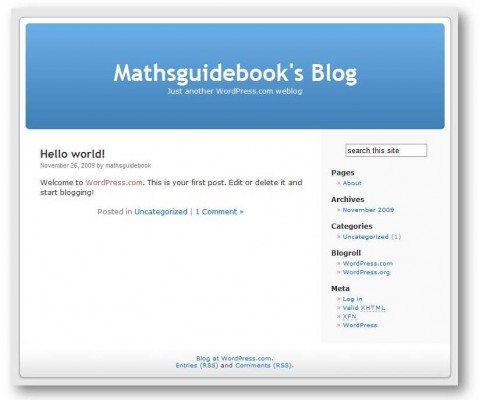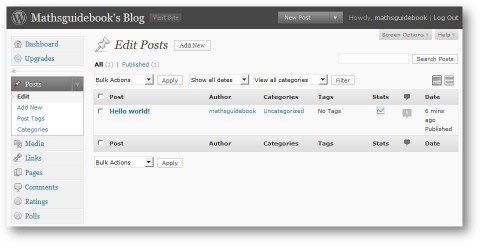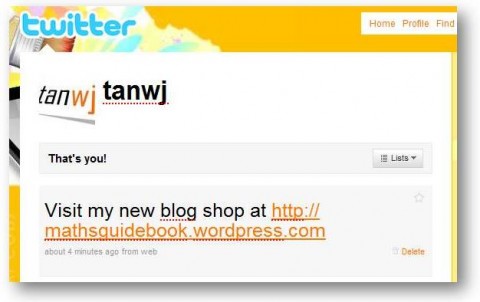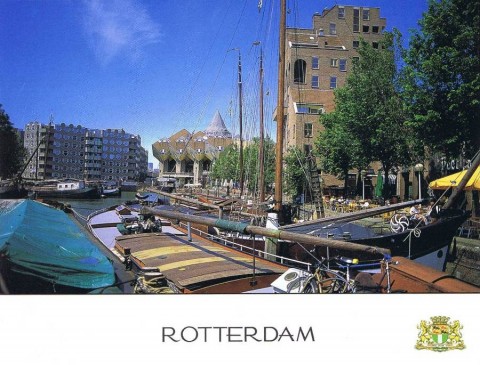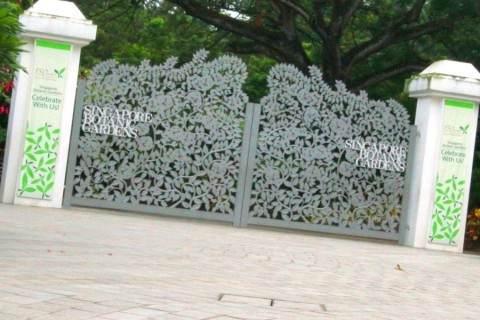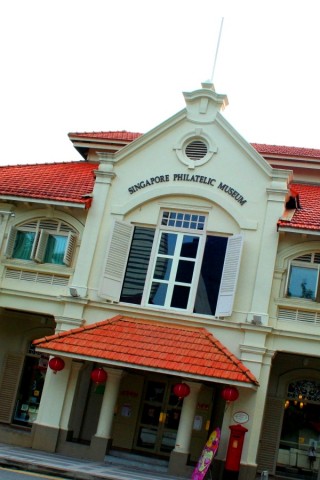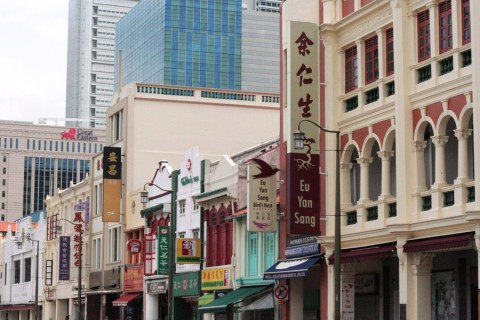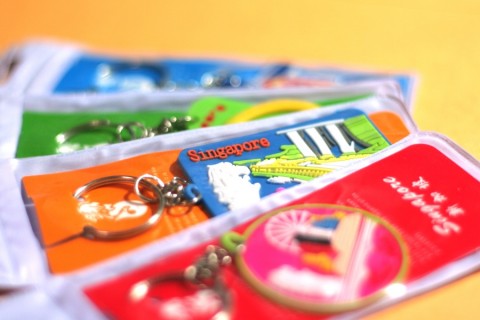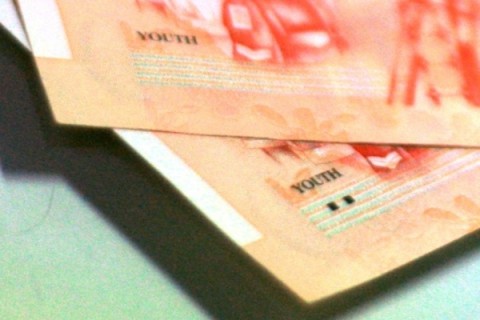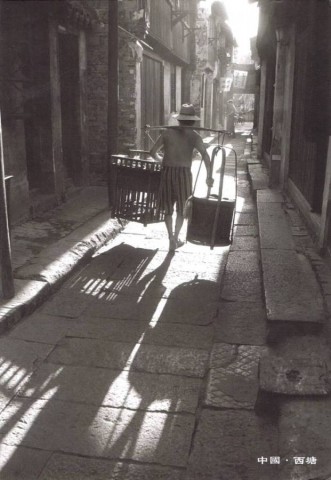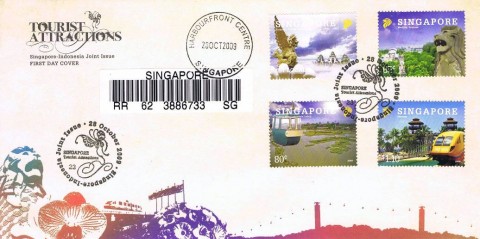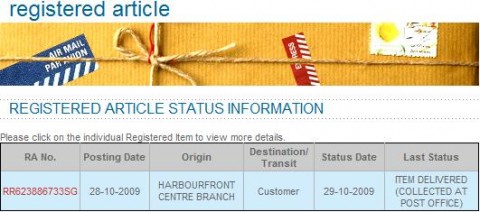So you have just created your own blog shop, but it seems that your blog shop is nowhere to be found on Google. In fact, having your blog shop listed on the first two pages of search results will bring in lots of potential customers. Furthermore, this ensures a constant flow of traffic to your blog shop. Here are some tips which can help you optimise your blog shop for search engines.

Tip 1: Use keywords
Your blog shop should contain keywords related to your product. These keywords can be found in your articles or even in the blog title. Never try outwitting search engines by spamming keywords and changing the text colour to white. The last thing you want is getting banned by the search engine.
Tip 2: Use original content
Top search engines such as Google, MSN or Yahoo prefer original content. Copying information from another website will only affect your search ranking. In addition, avoid having duplicate content on different pages of your blog shop.
Tip 3: Include images
Relevant images found on your blog shop may appear when a potential customer searches for an image. If he or she likes the product by looking at the image, you have almost secured a customer after he or she clicks on the images and lands on your blog shop.
Tip 4: Obtain backlinks
One of the factors which is used to determine the importance of a webpage is number of backlinks. If a website with a high pagerank links to your blog shop, you will be able to increase your search results ranking. However, participating in too many link exchange sites may bring about negative effects.
Tip 5: Update frequently
Similar to Tip 2, search engines would love to see fresh and original content. For blog shops, one way to achieve this is to post customer reviews every other day. If you do not have the time to create original content all the time, simply paraphrase articles found on your blog.
Tip 6: Related products
At the bottom of each article, include a list of products which your believe your customers may be interested in. Link each of these products to their respective pages in order to create more internal links. Search engine spiders love interconnected food webs.
Tip 7: Use paid links
If you have the capital, you may wish to consider using paid links via Google AdWords. Choose the correct keywords which are more likely to attract genuine customers. In addition, monitor your return on investments regularly to ensure that you are not overspending.
Tip 8: Find out more
If you are willing to invest, visit a bookshop to purchase books on Search Engine Optimisation (SEO) techniques. Otherwise, head down to the nearest library to pick up a few books. Some of the methods covered in these books are catered to specific products.
It’s now your turn to try optimising your blog shop for search engines.

